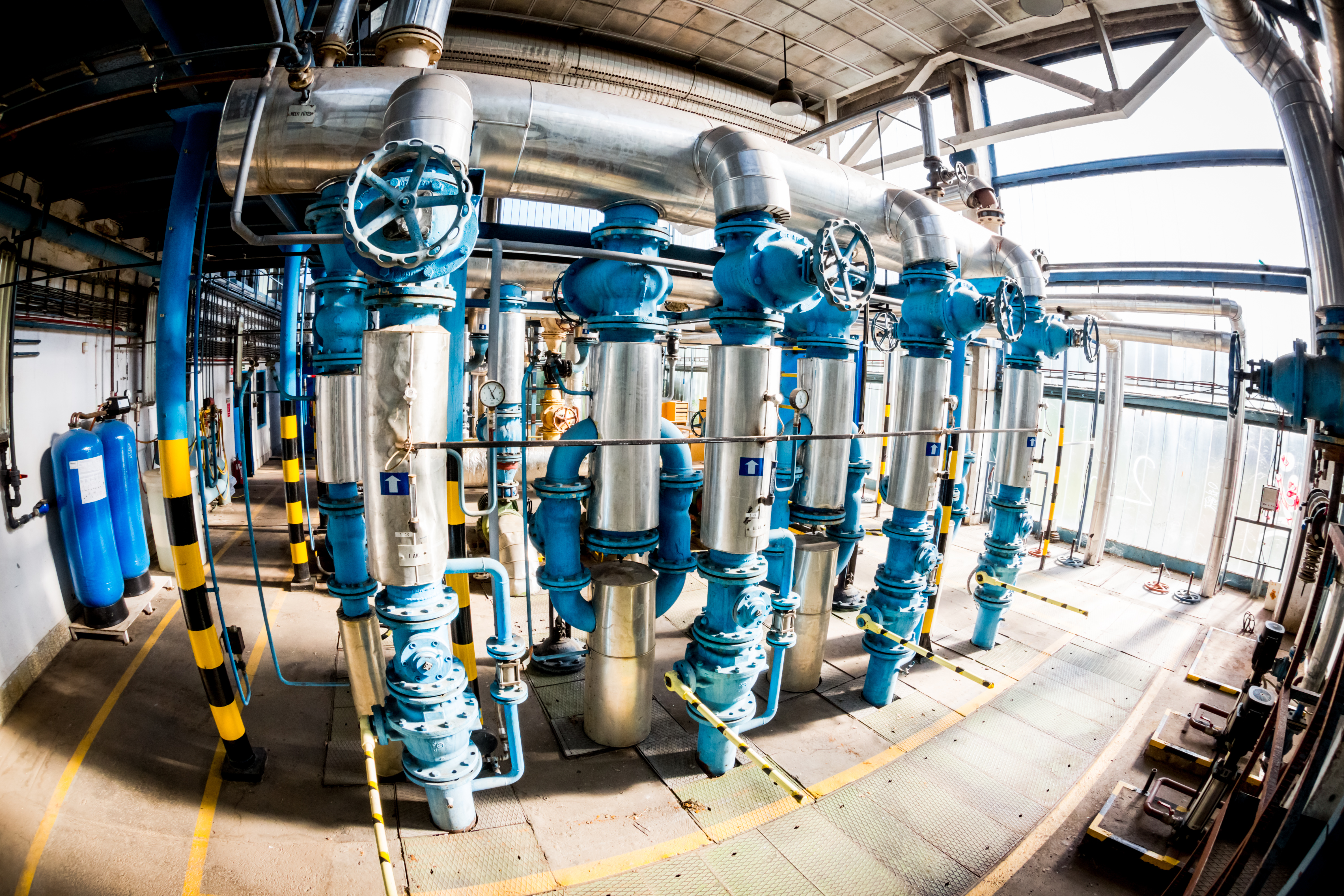SWITCHING THE DISTRICT HEATING OF SZEGED TO GEOTHERMAL
10/03/2023By Dr. Tamas Medgyes, Chief Operations Officer at District Heating Company of Szeged
HISTORY
The Szeged heating system has 23 heating
circuits with a total installed capacity of 204,172 MW in 1-12 MW boilers,
providing 843,700 GJ/year of energy for heating and domestic hot water (DHW)
production through 239 heat centres and 215 km’s of underground pipelines. Based on the
proposition of engineers and hydrogeologists who had by that time already
implement several successful geothermal projects in the region, a decision was
made in 2015 to integrate renewables into the district heating system of
Szeged, in order to reduce the emissions of gas-based heating plants, and to
improve the economy of the operation.
THE
PROJECT
The
70 million EUR development is financed from the European Regional Development
Fund (ERDF) and private investment. Within the framework of the project, 9
thermal wells each 1700-2000 m deep are established to produce 90°C thermal
water at a rate of 70 m3 per hour. The extracted water travels through 30 km
long, newly laid, pre-insulated pipeline to 9 refurbished heating plants, where
its thermal energy is utilized through heat exchangers. After utilization, the
water is returned to the subsurface reservoir through 18 injection wells.
Thanks
to the connection of the heating circuits carried out parallel with this
project, the 9 production wells provide heat energy for a total of 15 district
heating districts. Since these are the areas with the largest number of users,
when completed, approximately 98% of all district-heated apartments in Szeged
will receive geothermal energy; in very cold weather and during peak DHW use
periods, however, additional gas-based boiler operation will always be
necessary.
The
project is ongoing, and the commissioning of the entire system is expected in
the 2023/24 heating season. As a result of the project, a total of nearly 20
million m3 of natural gas will be replaced by 600,000 GJ of geothermal energy
per year, reducing Szeged's greenhouse gas load by 35,000 tons per year, improving
air quality and the security of supply.

RESEARCH
AND DEVELOPMENT
Dozens
of balneological, agricultural and district heating geothermal systems operate
in the Southern Great Plain Region, and Szeged has become a significant base
for the geothermal industry and research and development. Particularly lively
work is being done in the field of scaling management and injection, pioneering
experiments are underway in chemical water treatment, and the utilization of
disused thermal wells as deep heat exchangers.
Geothermal
developments in Szeged are surrounded by significant international interest.
SZETÁV and its partners participate in H2020, EEA Interreg, HorizonEU and other
collaborations including the CROWDTHERMAL (SZETÁV) and User4GeoEnergy (InnoGeo)
projects. Always open to participating in ambitious R&D projects, SZETÁV
and its partners have made Szeged a popular case study for international
consortia operating in the field of renewable energies, and rightly so: the
geothermal transformation of the district heating of medium-sized cities is a
big step towards a carbon-neutral, sustainable Europe.
Well
drilling and heating plants can be visited in an organized form, the project is
a popular topic for professional internships, theses, PhD works, and it is also
a great opportunity for decision-makers and professionals to gain first-hand
experience of a large-scale renewable energy project, underground water
management and environmentally conscious, economically sound system operation
protocols.
